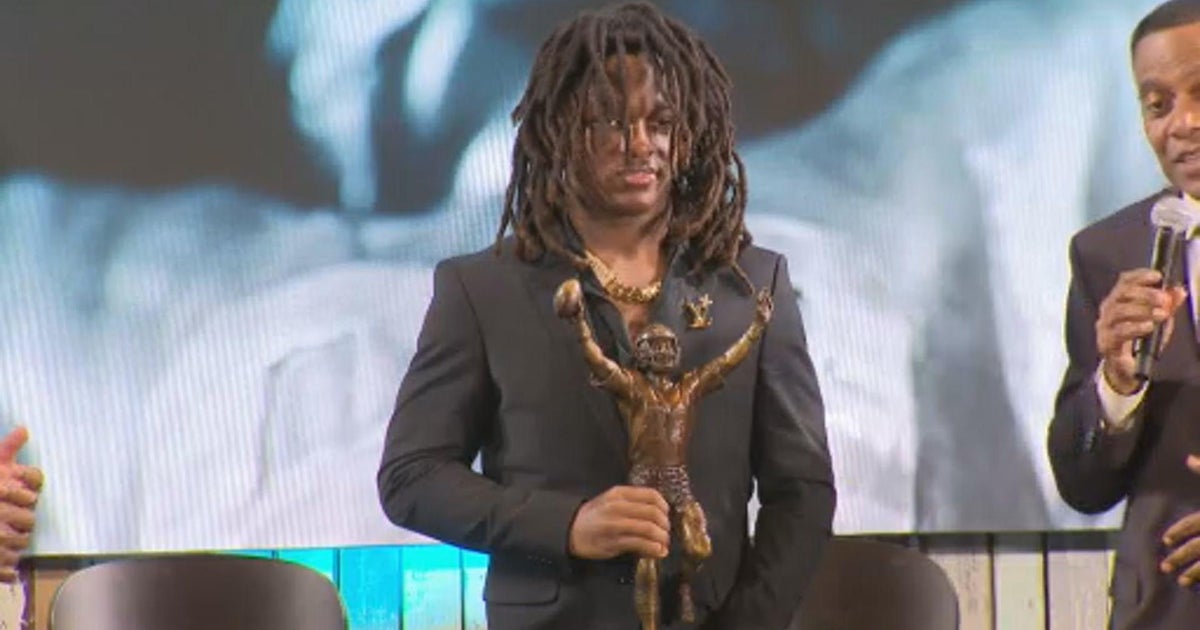Twin Space Probes Launched Saturday, Headed To The Moon
KENNEDY SPACE CENTER (CBSMiami/AP) - It's not on the scale of the now-ended Space shuttle program, but NASA hosted another launch Saturday morning at Florida's Kennedy Space Center. A pair of spacecraft rocketed toward the moon aboard a small Delta rocket, on the first mission dedicated to measuring lunar gravity.
NASA launched the near identical probes — named Grail-A and Grail-B — aboard a relatively small Delta II rocket to save money. Unlike the 3 day trip to the moon astronauts experienced during the Apollo program, it will take close to four months for the spacecraft to reach the moon, a long, roundabout journey.
Grail-A popped off the upper stage of the rocket exactly as planned 1½ hours after liftoff, followed eight minutes later by Grail-B. Both releases were seen live on NASA TV thanks to an on-board rocket camera, and generated loud applause in Launch Control.
Flight controllers will have something to celebrate New Years Eve. GRAIL A will arrive on New Year's Eve and B on reach orbit New Year's Day.
"Grail, simply put, is a journey to the center of the moon," said Ed Weiler, head of NASA's science mission directorate, borrowing from the title of the Jules Verne science fiction classic, "Journey to the Center of the Earth."
The world has launched more than 100 missions to the moon since the Soviet Union's Luna probes in 1959. That includes NASA's six Apollo moon landings that put 12 men on the lunar surface.
NASA's Grail twins — each the size of a washing machine — won't land on the moon but will conduct their science survey from lunar orbit.
Beginning in March, once the spacecraft are orbiting just 34 miles above the moon's surface, scientists will monitor the slight variations in distance between the two to map the moon's entire gravitational field. The measurements will continue through May.
"It will probe the interior of the moon and map its gravity field 100 to 1,000 times better than ever before. We will learn more about the interior of the moon with Grail than all previous lunar missions combined," Weiler said.
At the same time, four cameras on each spacecraft will offer schoolchildren the opportunity to order up whatever pictures of the moon they want. The educational effort is spearheaded by Sally Ride, America's first spacewoman.
The entire Grail mission costs $496 million.



